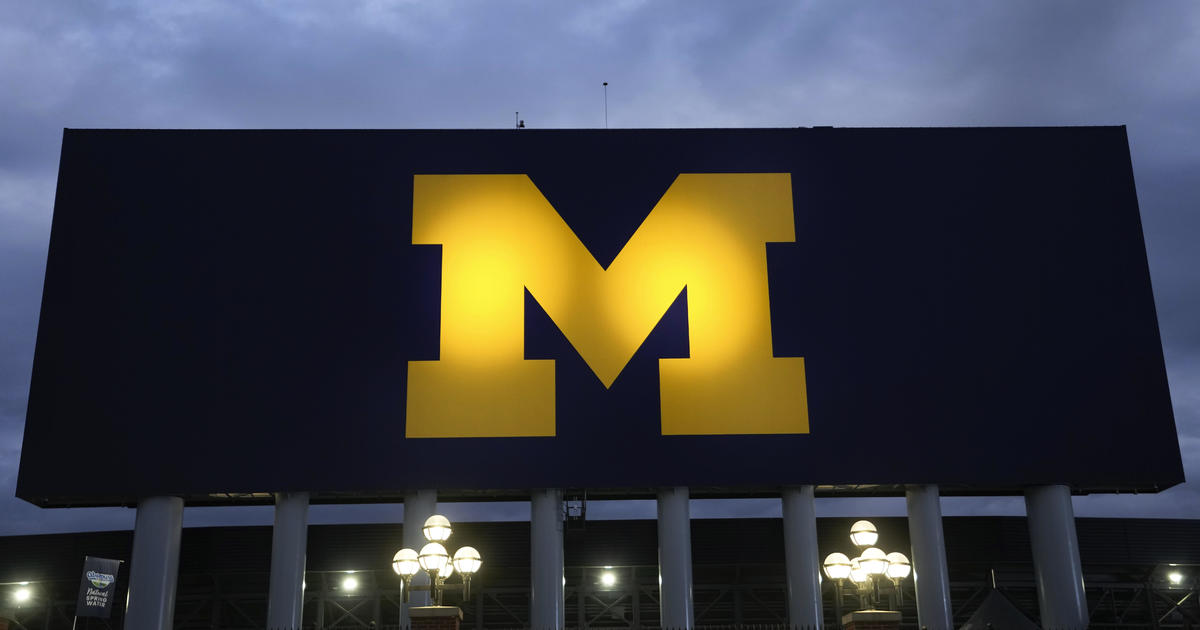Kevorkian Estate, Museum Settle Over Artwork
BIRMINGHAM (WWJ/AP) - A lawyer says a dispute has been settled between Dr. Jack Kevorkian's estate and a suburban Boston museum over the ownership of 17 of the assisted-suicide advocate's paintings.
The executor of Kevorkian's estate, Michigan-based attorney Mayer Morganroth, said the Armenian Library and Museum of America in Watertown, Mass., will keep four paintings and 13 will be returned to Kevorkian's estate to benefit his niece, Ava Janus.
"Of course we are happy it's resolved," Morganroth told The Detroit News. "The settlement recognizes the need for his art to be preserved as part of Armenian culture, while returning artwork to his heir."
Morganroth said arrangements are still being made for the return of the paintings, which he expects will likely be offered for sale at art galleries.
The museum sued in federal court in Massachusetts last year ahead of a New York auction. According to federal court records, an order dismissing the lawsuit was entered last month.
The museum claimed Kevorkian donated the art in 1999. His estate says Kevorkian loaned the paintings and other personal effects to the museum in 1999 because he believed they would be protected while he served his prison term, Morganroth said. Kevorkian sought out the arrangement because some of the paintings had been previously stolen, he said.
The New York auction still went on as planned, although the 17 paintings and a suicide machine belonging to Kevorkian did not sell.
A message seeking comment was sent early Friday to museum lawyers.
Kevorkian, who was of Armenian descent, died in June in suburban Detroit at age 83, leaving his property to his niece and sole heir, Janus. The estate has estimated that the total value of the paintings being held by the museum is $2.5 million to $3.5 million.
Many of the paintings depict death or dying. One titled "Genocide" features a bloody head being dangled by the hair and held by the hands of two soldiers, one wearing a German military uniform from World War II and the other wearing a Turkish uniform from World War I. Kevorkian painted the head using his blood.
Kevorkian, who spurred on the national right-to-die debate with a homemade suicide machine that helped end the lives of dozens of ailing people, was convicted of second-degree murder in 1999 for assisting in the 1998 death of a Michigan man with Lou Gehrig's disease. He was released from prison in 2007.
TM and © Copyright 2012 CBS Radio Inc. and its relevant subsidiaries. CBS RADIO and EYE Logo TM and Copyright 2012 CBS Broadcasting Inc. Used under license. All Rights Reserved. This material may not be published, broadcast, rewritten or redistributed. The Associated Press contributed to this report.



